Aberdeen International Airport (AIA) is a vital economic driver for the north-east, contributing more than £100 million a year to the local economy.
However, after Covid struck the UK in early 2020, the gateway to Europe’s energy capital experienced a difficult time.
It is now, thankfully, well on the flight path to recovery.
Exciting initiatives it is involved in include the use of sustainable aviation fuel and hydrogen-powered aircraft.
Whilst the outlook is much more positive, there is no escaping the challenge of restoring the connectivity our airport spent decades building and on which the region relies so heavily.”
Mark Beveridge, operations director, AIA.
The airport, which is also Europe’s busiest commercial heliport, supports thousands of jobs across the north-east.
The Granite City terminal’s roots go back to 1934.
It is is now owned and operated by AGS Airports, which also owns and runs both Glasgow Airport and Southampton Airport.
Airports are good barometers of how a wider economy is faring, AIA operations director Mark Beveridge explained.
‘When the region does well, the airport does well’
He added: “There is a direct correlation between the success of the region and the airport. When the region does well, the airport does well.
“Prior to the pandemic the north-east was emerging with a clear economic diversification strategy, having endured the downturn of the oil and gas industry.
“This was reflected in our passenger numbers.
“In 2014 – our busiest year on record – 3.8 million people travelled through the airport, with 3m passengers using the facility in 2019.”
Mr Beveridge said Covid had an unprecedented impact on the whole UK aviation industry, with activity levels and passenger numbers collapsing to levels not seen since the mid-1980s.
He added: “Aberdeen, like all airports across the UK, came to an almost complete standstill.
Critical connectivity during Covid
“However, we remained open throughout and served approximately 1m passengers in both 2020 and 2021.
“It was important we remained open to support emergency air ambulance flights; maintain vital connectivity between the Highlands and Islands in Scotland; facilitate critical domestic and hub services for key workers; and, crucially, help maintain personnel flights for the energy sector.”
AIA’s operating director said the easing of pandemic restrictions in March 2022 brought with it the pent-up demand which Aberdeen airport bosses knew existed.
This led to a marked upturn in passenger numbers.
Mr Beveridge added: “Whilst the outlook is much more positive, there is no escaping the challenge of restoring the connectivity our airport spent decades building and on which the region relies so heavily.
“We are making good progress in terms of rebuilding both our domestic and international connectivity.
“Last year easyJet reinstated its direct service to Gatwick and it now operates two flights per day to the capital.
“This October brought a flurry of positive news for the airport.
“BA Cityflyer added a new route to London City, which means we now have multiple daily services to four of the London airports.
“Emerald Airlines started daily flights to Dublin and Loganair – the UK’s largest regional airline – unveiled its expansion plans for Aberdeen, where it operates more flights than every other airline combined.”
New Loganair services
He continued: “As part of its summer 2023 programme, Loganair has added an extra flight on its services to Manchester and Esbjerg from Aberdeen, while it has also increased capacity across its Dublin and Birmingham routes – ensuring additional connectivity from its Aberdeen base, with a 30% increase in seat capacity.
“KLM’s Amsterdam service ensures we’re well connected to one of Europe’s largest hubs and we also have direct routes to Spain, Turkey, Portugal, Denmark, Norway, Bulgaria, Greece, Ireland, Poland and Latvia.
“We continue to speak to our airline partners on a daily basis – adding further routes to our destination map will always be one of our top priorities at Aberdeen.”
While the outlook is much more positive, restoring connectivity remains a challenge, Mr Beveridge said.
He went on: “The reintroduction of a route development fund, with a regional focus, would play a major role in re-establishing Scotland’s lost connectivity.
“This would, in turn, accelerate our wider economic recovery.
“We are also working very closely with regional partners like Aberdeen and Grampian Chamber of Commerce and VisitAberdeenshire, along with their plans for boosting tourism and attracting more visitors to the north-east.”
Thousands of jobs supported
There are currently 85 people directly employed by AIA, which also supports more than 3,400 jobs in the region.
Mr Beveridge said: “We are beginning to see many of the jobs generated by our airport start to return – for example, in the catering and retail outlets – and this plays an important role in boosting the local economy and supporting its recovery.
“We are also working with partners across the country, including NHS Scotland, to deliver what will be the UK’s first medical distribution network using drones.
“The drone network could be used to transport essential medicines, bloods and other medical supplies throughout Scotland, including to remote communities.”
Central to the airport’s future plans is its commitment to growing sustainably.
Mr Beveridge said: “In 2021 we launched our sustainability strategy, which sets out how we will balance the undoubted social and economic benefits we deliver with our climate-change responsibilities.
“I’m pleased to say this is an area in which we’re making tangible progress.
Ambitious net-zero target
“We are a carbon-neutral airport and have committed to achieving net-zero for our direct emissions by the mid-2030s which is 10 years ahead of Scotland’s net-zero target.
“Over the course of the next 10 to 15 years we will be committing significant investment in decarbonising our infrastructure.
“We’re also forming partnerships to advance the aviation sector’s journey to net-zero.”
There is a lot to look forward to, he said, adding: “In October we welcomed our first commercial delivery of sustainable aviation fuel (SAF) which is critical for decarbonising aviation.
“SAF generates lifecycle carbon savings of upwards of 80%, compared to fossil jet fuel.
“It is recognised globally that SAF will play a major role in making ‘jet zero’ aviation a reality.
“BP’s decision to make SAF commercially available at Aberdeen is a significant moment.”
He continued: “An independent study conducted by trade body Sustainable Aviation found that by 2037 there could be up to 14 SAF production facilities in the UK, including one at St Fergus (near Peterhead).
“Together, these facilities could create 6,500 direct jobs and contribute £929m annually to the UK economy.
“With export and overseas opportunities included, this grows to 13,600 jobs and £1.9 billion.
St Fergus and the wider Aberdeen region have a real opportunity to take a lead.”
“At St Fergus alone there is an opportunity to create up to 920 jobs and generate £133m in GVA (gross value added economic growth) per annum.
“Driving a domestic SAF sector would put the UK at the forefront of world-leading aviation climate solutions, create thousands of clean growth jobs and provide a significant UK export opportunity as aviation decarbonises globally.
“St Fergus and the wider Aberdeen region have a real opportunity to take a lead.”
Mr Beveridge was also very excited about the airport’s partnership with ZeroAvia, which is developing hydrogen-fuelled aircraft.
He said: “The development of hydrogen-powered aircraft has the potential to completely revolutionise aviation.
“It is becoming an increasingly viable option for regional and short-haul aircraft.
Airport group ‘the perfect testbed’
“As a regional airport group serving the Highlands and Islands as well as the Channel Islands from our sister airport in Southampton, AGS will be the perfect testbed for hydrogen flight.
“Through our partnership with ZeroAvia we’ll address some of the challenges associated with the generation, delivery and storage of hydrogen on-site and how we can prepare our infrastructure at Aberdeen to support zero-emission flights.”
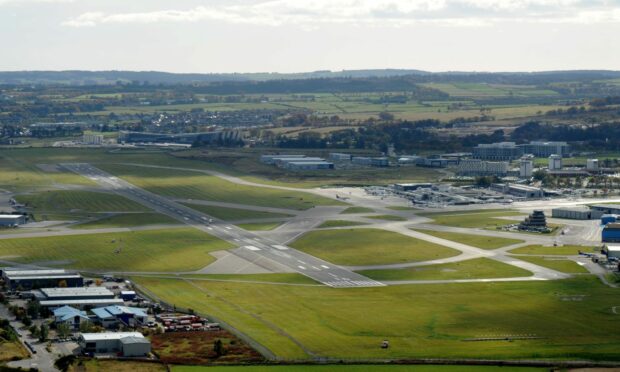
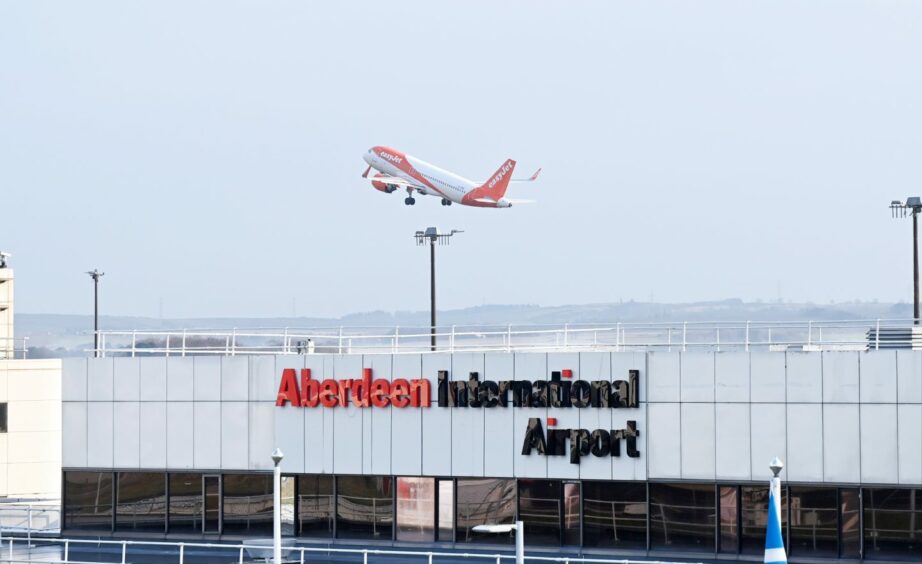

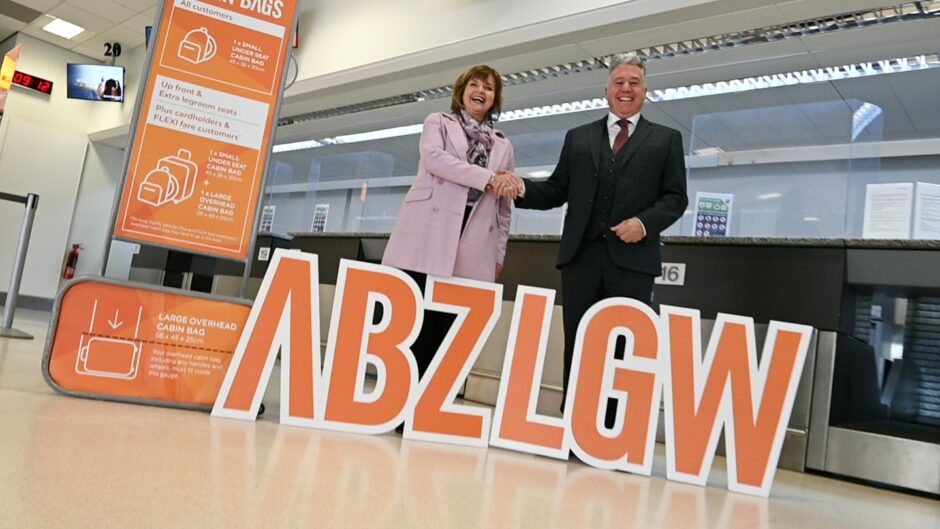
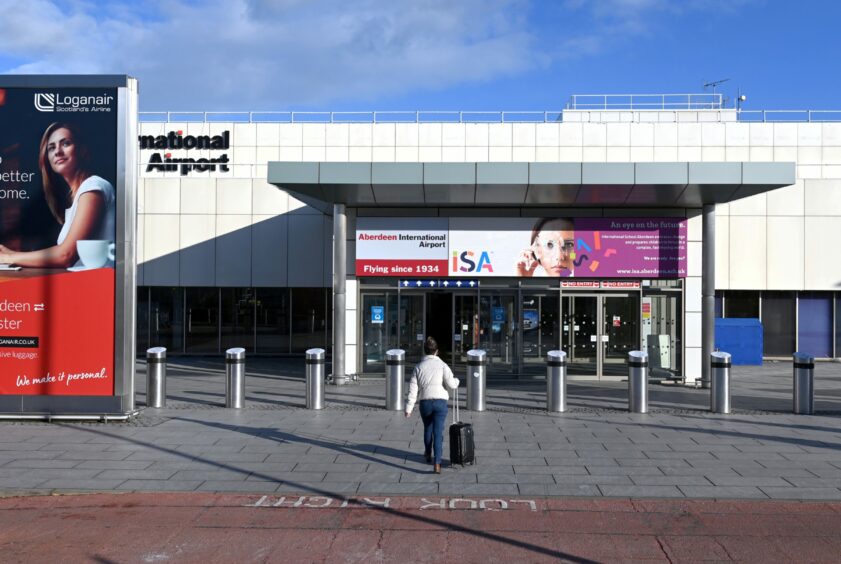
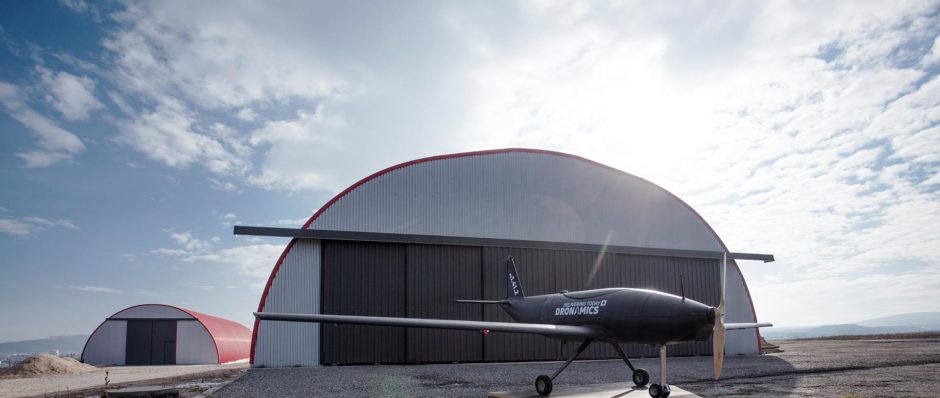
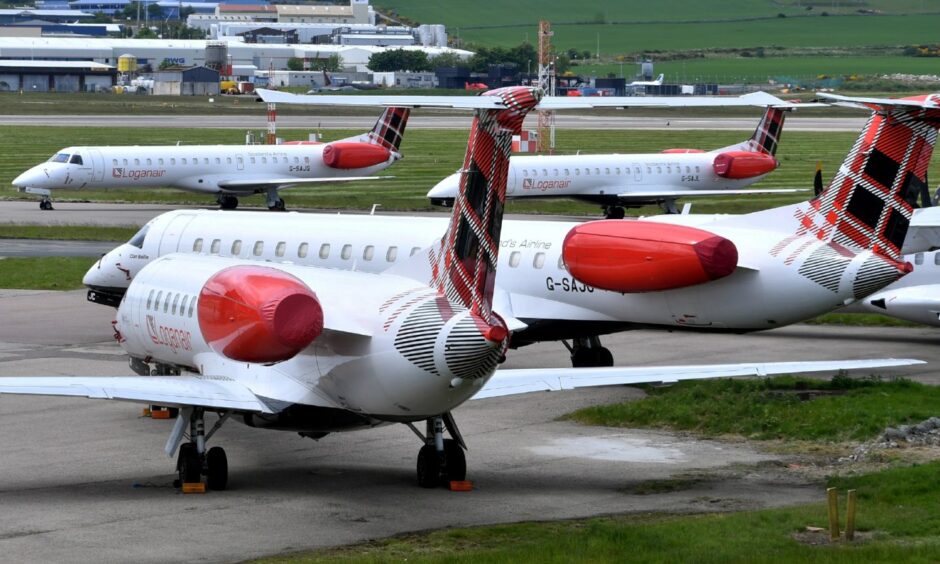


Conversation